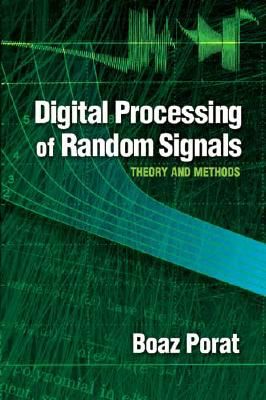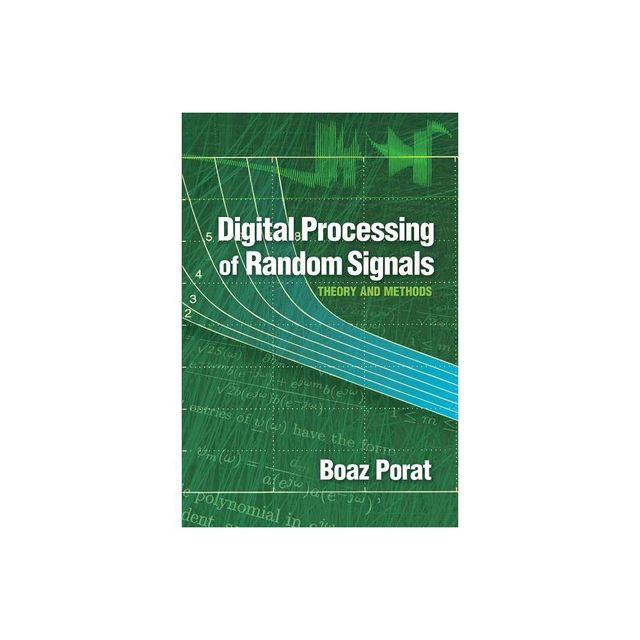Home
Digital Processing and Reconstruction of Complex Signals
Loading Inventory...
Barnes and Noble
Digital Processing and Reconstruction of Complex Signals
Current price: $109.99


Barnes and Noble
Digital Processing and Reconstruction of Complex Signals
Current price: $109.99
Loading Inventory...
Size: OS
*Product Information may vary - to confirm product availability, pricing, and additional information please contact Barnes and Noble
In real electronic systems, voltage and current signals are not necessarily of a periodical quantity, due to the presence of nonharmonic components or/and possible shastic variation. This book presents in three parts methods for analyzing and processing and reconstructing complex signals.
The first part of this book is dedicated to the problem of measurements of the basic electric quantities in electric utilities, both from the aspect of accuracy of this type of measurements and the possibilities of simple and practical realization. The second part presents a reconstruction of trigonometric polynomials, a specific class of band-limited signals, from a number of integrated values of input signals. The third part deals with the problem of estimating the value of the active power of the ac signal in the presence of subharmonics and interharmonics. The analysis makes use of the most general model of the voltage and current signal, i.e. the most complex spectral content that can be expected to appear in practice.
The first part of this book is dedicated to the problem of measurements of the basic electric quantities in electric utilities, both from the aspect of accuracy of this type of measurements and the possibilities of simple and practical realization. The second part presents a reconstruction of trigonometric polynomials, a specific class of band-limited signals, from a number of integrated values of input signals. The third part deals with the problem of estimating the value of the active power of the ac signal in the presence of subharmonics and interharmonics. The analysis makes use of the most general model of the voltage and current signal, i.e. the most complex spectral content that can be expected to appear in practice.


















